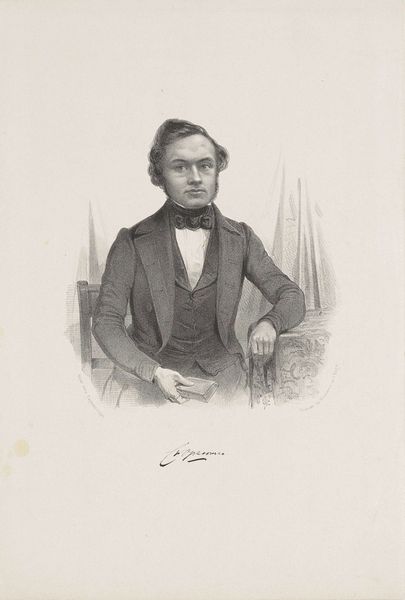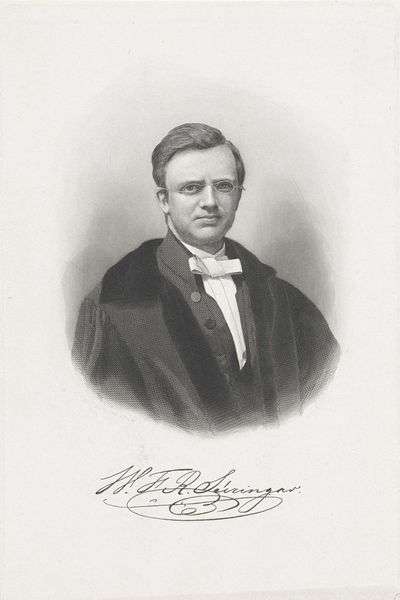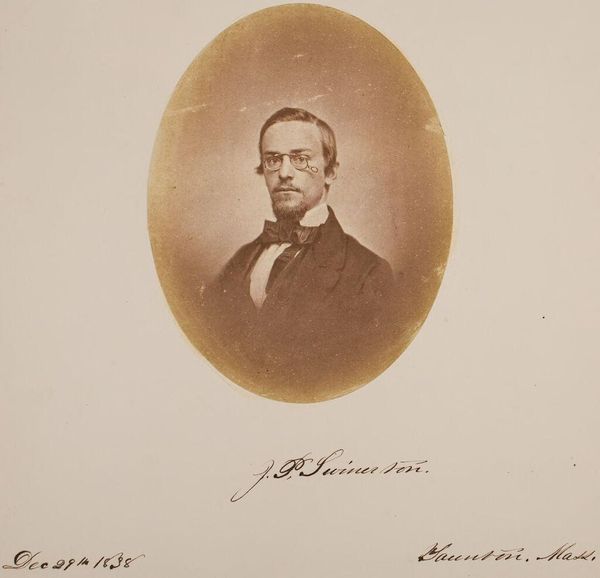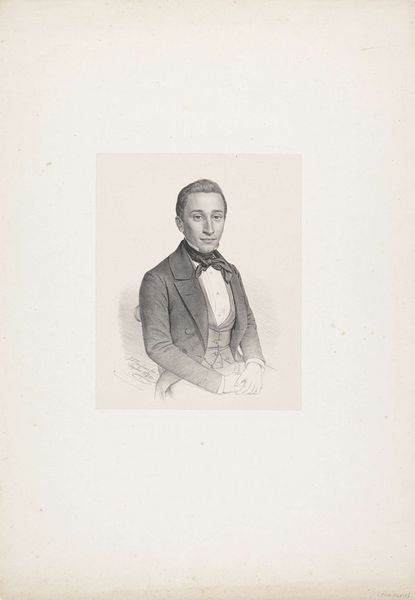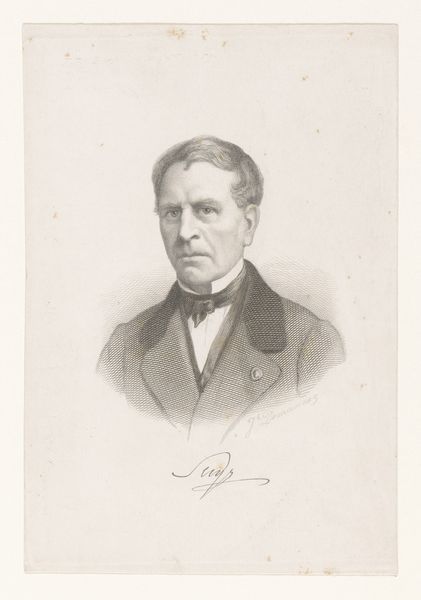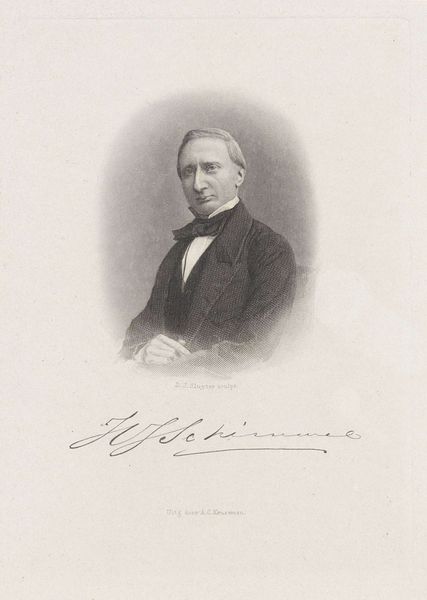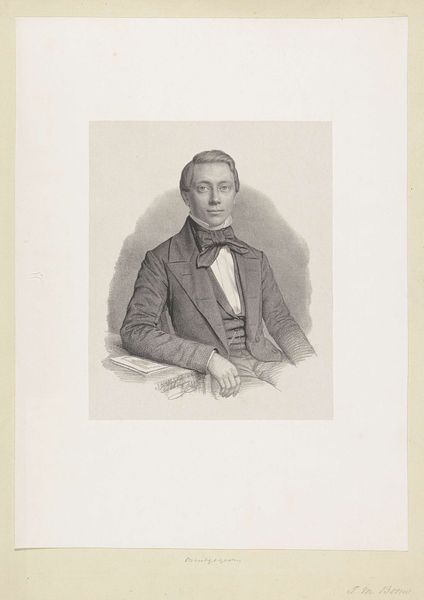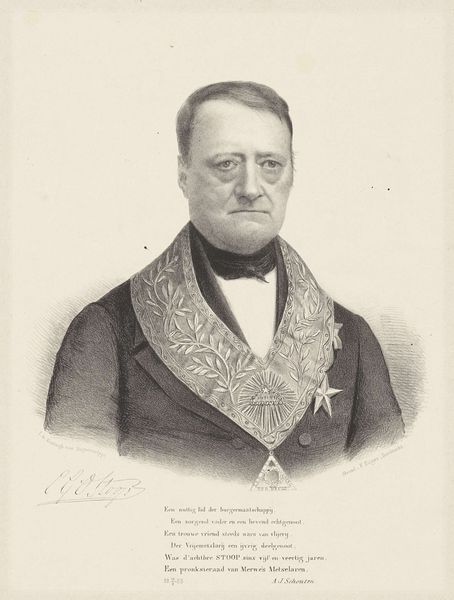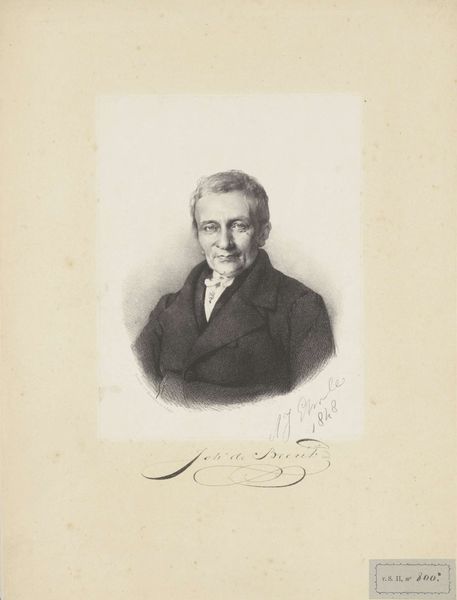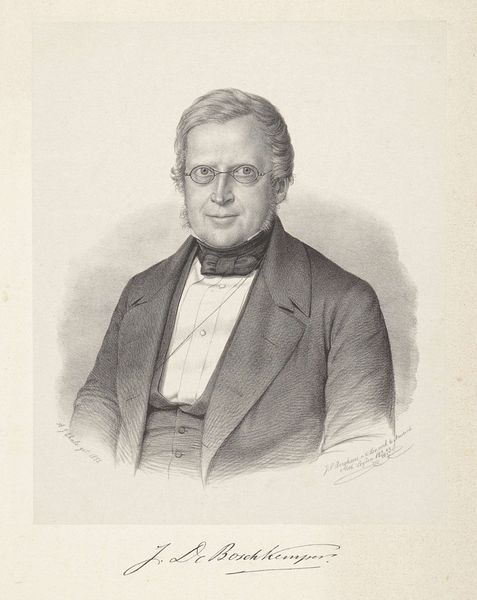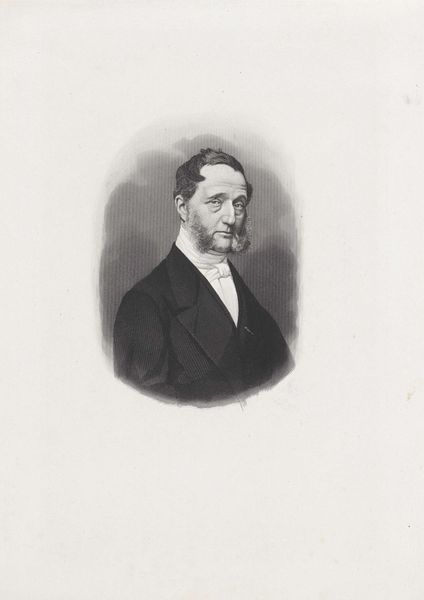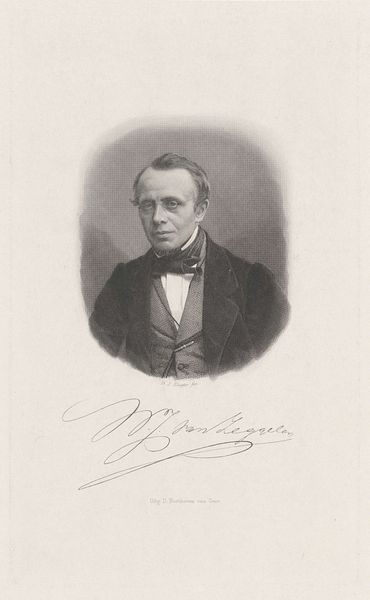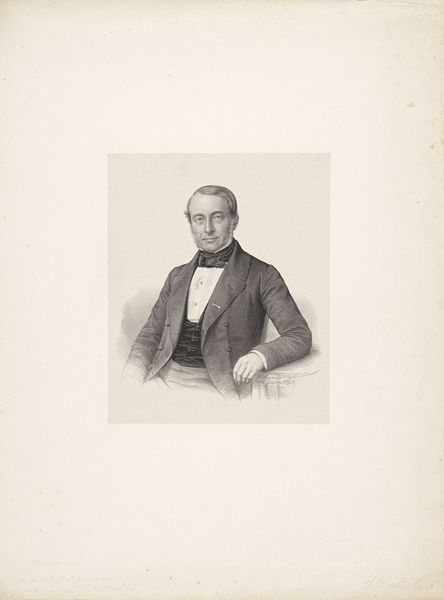
drawing, engraving
#
portrait
#
pencil drawn
#
drawing
#
pencil sketch
#
portrait reference
#
pencil drawing
#
portrait drawing
#
academic-art
#
engraving
Dimensions: height 179 mm, width 137 mm
Copyright: Rijks Museum: Open Domain
Editor: Here we have Dirk Jurriaan Sluyter's "Portret van Reinhart Pieter Anne Dozy" from 1879, currently at the Rijksmuseum. It seems to be an engraving, judging by the fine lines. What strikes me most is the formality of the sitter and the medium used; it gives a real sense of a bygone era. What can you tell me about this portrait? Curator: This piece really allows us to consider the means of artistic production in the late 19th century. Engravings like these were often commissioned as reproductions to disseminate images of prominent figures. Consider the labor involved – the engraver meticulously translating an original artwork, potentially a painting or photograph, into a print. Do you think that labor impacts how we see the work? Editor: That's interesting. So, the print itself becomes a commodity, a means of circulating Dozy's image, almost like a photograph today? I hadn't thought about the economic implications. Curator: Precisely. Think about the class distinctions at play. The portrait immortalizes Dozy, a scholar, and the engraving makes that image accessible, albeit to a limited, literate audience. How does the choice of engraving, a relatively accessible medium at the time, influence its message compared to, say, a unique oil painting accessible only to a wealthy elite? Editor: So it’s not just about depicting him, but about distributing the image of him. The material itself, the print, has a social function. It makes me wonder about the engraver themselves – their skill, their social standing… Curator: Exactly! Whose labor is valued and whose is invisible? Investigating these avenues can radically shift our understanding of the image itself. Editor: I've never thought about a portrait like this, considering the material and process so much. Thanks, that's given me a lot to think about. Curator: Indeed. It demonstrates that even seemingly straightforward portraiture can be a valuable source of information once we consider the art’s process and purpose as a product of society.
Comments
No comments
Be the first to comment and join the conversation on the ultimate creative platform.
